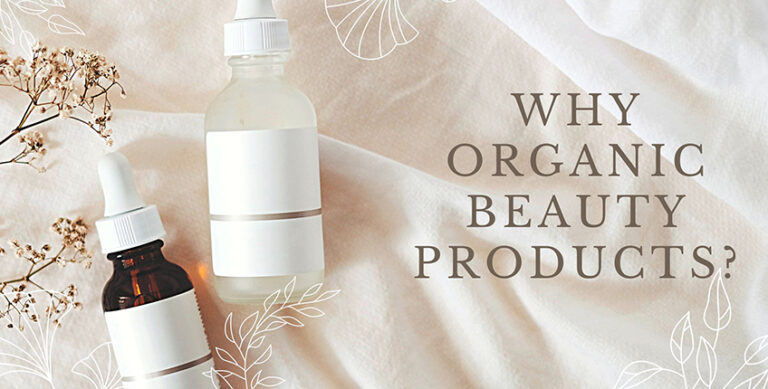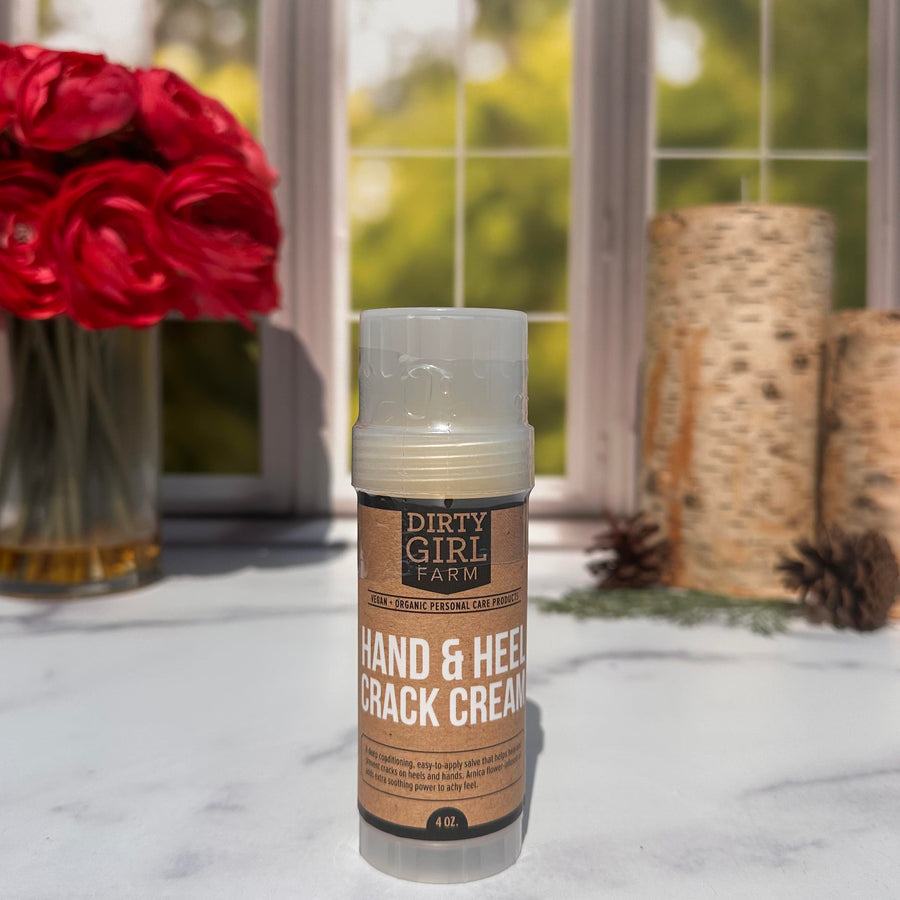Why Organic Beauty Products?

Why organic beauty products? Are organic beauty products better for you?
These are questions that have been posed to me several times, and as I’ve learned more about the organic beauty industry (also known as the cosmetic industry, which includes skincare, hair care, body lotions, soaps, bath fizzies, bath salts, makeup, basically everything we carry) and the quality of the organic ingredients that go into the products we curated, my answer has changed.
In the beginning, my answers would have simply been that they are truly fabulous products with ingredients so good for you, you will be able to feel the difference, like I did when I first tried Great Lakes Bath & Body’s lotion and bath fizzies. But now, the first thing that enters my mind when these questions are asked is a strong desire to explain what I’ve learned, and why it is so important for the consumers to be informed. Some key facts that every consumer should know.
- In Europe, there are more than 1,200 ingredients banned in beauty products because of their harmful effects. In Canada, the list of banned ingredients is more than 500. In the United States, I was horrified to learn, only 11 ingredients are banned from beauty products.
- “Forever Chemicals” as defined by ChemTrust.org are PFAS (Per- and polyfluorinated alkyl substances), that are a large chemical family of over 4,700 highly persistent chemicals that don’t occur in nature.
- These Forever Chemicals have been found to not break down in the environment or in the human body, but rather accumulate over time with use, resulting in serious health issues.
- In a June 2021 article, the Smithsonian Institute published a report where Scientists studied a number of popular makeup products and 52% were found to have PFAS. Even more alarming, the results of the study, have shown that these dangerous chemicals are linked to severe health effects such as cancer, hormone disruptions, weakened immune systems, and low birth weights.
Doesn’t the FDA regulate the beauty/cosmetic industry?
If you are thinking, wait a minute, I thought the beauty industry is regulated by the Food & Drug Administration, you would be right, but as the FDA clearly says on their website, they don’t actually “approve” products in the beauty industry, they just regulate them. Huh? They are quick to point out, acknowledging that it is Congress’ job to pass laws that would allow them to approve the products.
Again, that is an accurate statement, but if you’ve ever known someone who was addicted to opioids or did your own research on how this could ever happen in America, or even watched the show on Netflix called Dopesick, which depicts how the evolution of the opioid crisis in America came to be, I am quite certain you would NOT get a warm fuzzy about the FDA. I was naive to this fact until I did some research on the opioid epidemic after seeing the show Dopesick.
Of course, I was well aware that some politicians are in politics for the wrong reason and are not stand up people. However, what I didn’t realize or truly want to believe is that a governmental agency established to PROTECT Americans would look the other way for money, and consequently, place so many American lives or their health at risk. (Another great documentary to watch on Netflix about this same issue with the FDA, is called The Bleeding Edge).
I am one that is all for competition and free markets because I believe it can make companies better and lower costs for consumers, but NOT when it comes to public safety. Regulatory oversight is needed when the public’s lives are at risk. Now, I realize that this is the beauty industry and not the pharmaceutical industry, but I would argue that both industries have huge companies with huge checkbooks, with huge lobbying groups, like so many other industries in the USA. That in itself has the potential to sadly cloud the judgement of some of those in charge to protect the American public, as we saw done with the opioid epidemic. Checks and balances need to be in place to protect the lives of the public
So, where is Congress on this? Well, after the scientific results of these tests were made public and widely reported in the second half of 2021, there was proposed legislation introduced. According to the National Law Review, in February 2022, a proposed bill that would give authority to the FDA to ban these forever chemicals from beauty products, passed in the Senate 26-21 and was going to the House Sub Committee to see if it could be passed into federal law. I am thrilled to say, that on December 29, 2022, this new bill, called the Modernization of Cosmetics Regulations Act of 2022 was signed into law.
While this is great news and a big step forward, for the most harmful toxins, the FDA and manufacturers have up to three years to comply. Further, because of past practices exposed at the FDA, it is imperative that consumers follow along and make sure they understand how things are progressing and hold their legislators accountable so the legislators can in turn, hold the FDA accountable. This isn’t about politics, it is about public safety, and the need for the FDA to do more than what they’ve demonstrated in the past
What does this mean for the consumer?
This is great news for the consumer, but until these new regulations are in effect, it means consumers in the United States need to be educated about what ingredients are harmful and which ingredients are not. However, important to note, is that since there really is no approval process for beauty products from the FDA currently nor are there any standards for “clean” beauty, beauty manufacturers are allowed to contain harmful ingredients.
Sadly, some companies even go as far as claiming their products as organic and “clean” when in reality only a small percentage of the ingredients may be organic. Additionally, not all ingredients are harmful or toxic to the extent that PFAS and sulfates are, but are widely known to be skin irritants, with bismuth oxychloride being an example. Bismuth Oxychloride is in A LOT of make up to give it sheen and sparkle, and while it is not harmful to the extent it will make you sick, it is not a great ingredient for many people because it is known to cause rashes and/or breakouts.
So how do consumers protect themselves in the meantime?
A few states are taking the law into their own hands and creating laws that limit or ban PFAS and other harmful toxins that are found in beauty products, within a shorter timeframe, but most states still are not. Thankfully, there are a number of apps and websites available to help consumers understand what is in their beauty products. Some simply scan the barcode, but if the brand is a smaller brand, it may not be listed in their database.
Please see the attached link below to learn which apps and websites are now available to help consumers. Additionally, keep in mind that the beauty products are required to list ingredients in the order in which they have the highest concentration, so what is listed first is what the product has the most of any one ingredient. Secondly, be sure to analyze the whole list rather than just the “active” ingredients, which is often a marketing tactic to focus on the healthier ingredients.
10 Websites & Apps that help you learn what’s in your beauty products.
While this was a great step for the beauty/cosmetic industry in the USA, consumers still need to be educated and diligent about the ingredients that go into their products and make sure that the people elected to lead the FDA through these new times are those that have a reputation of integrity and doing the right thing.
CURATED COLLECTIONS
Find products your skin type!





